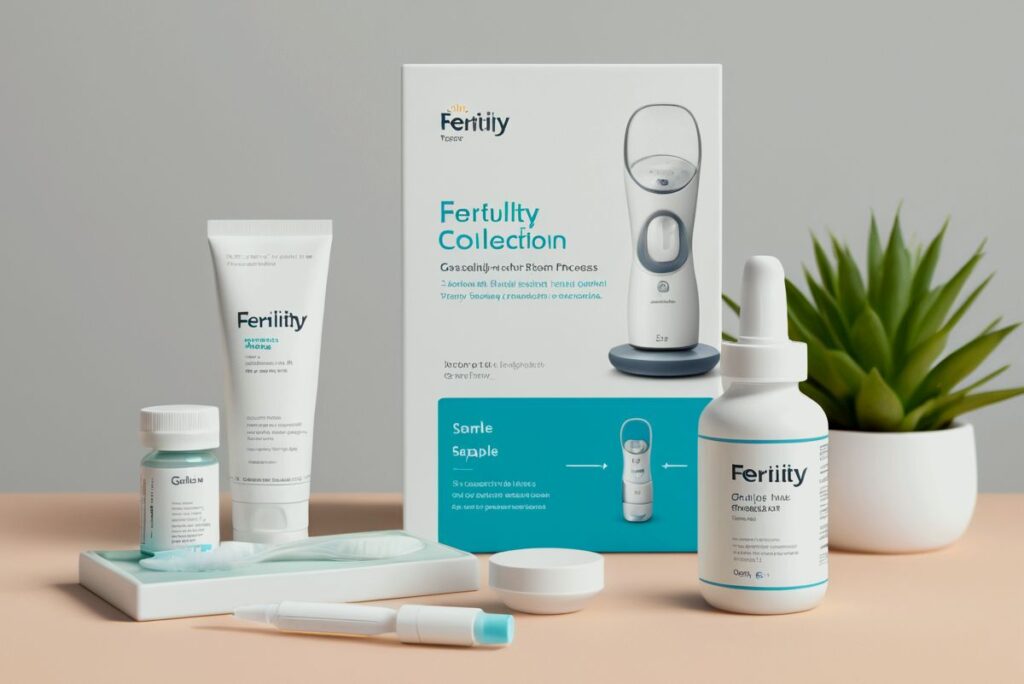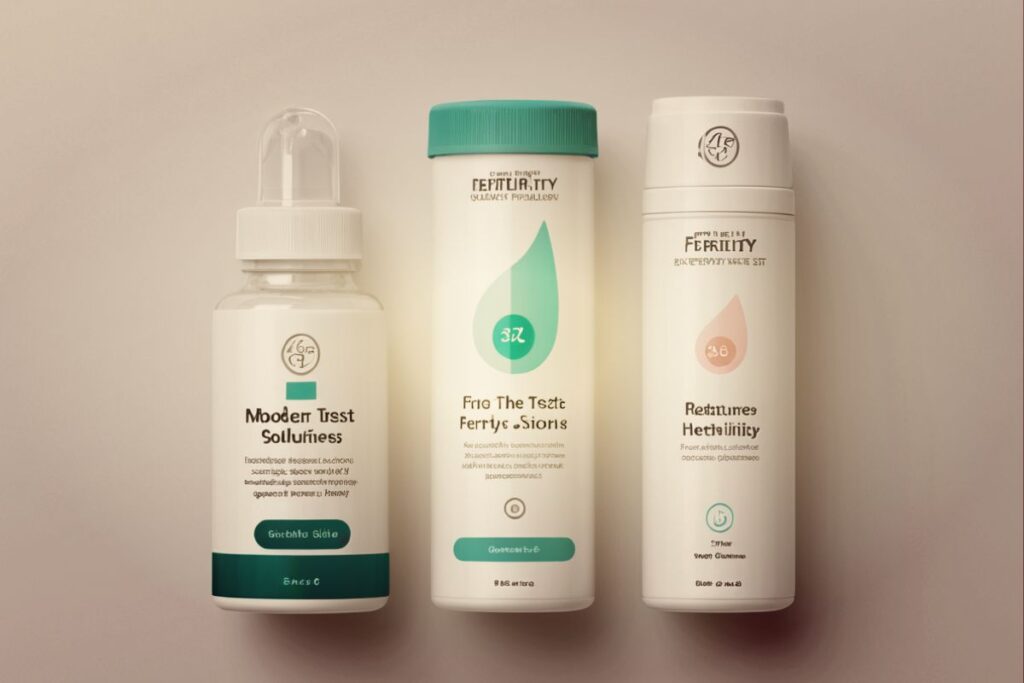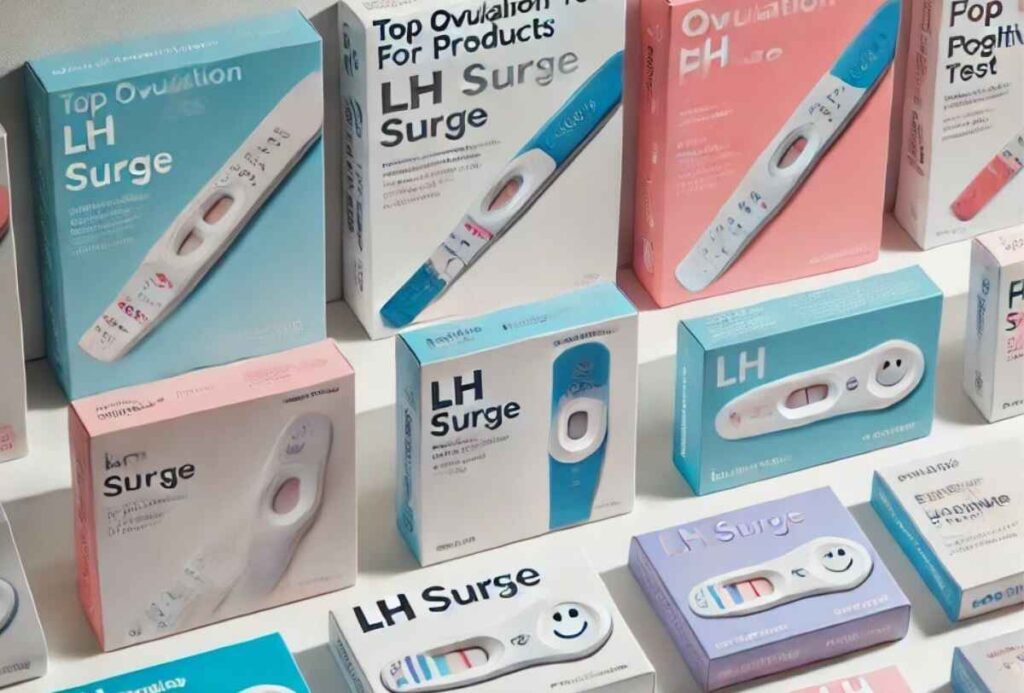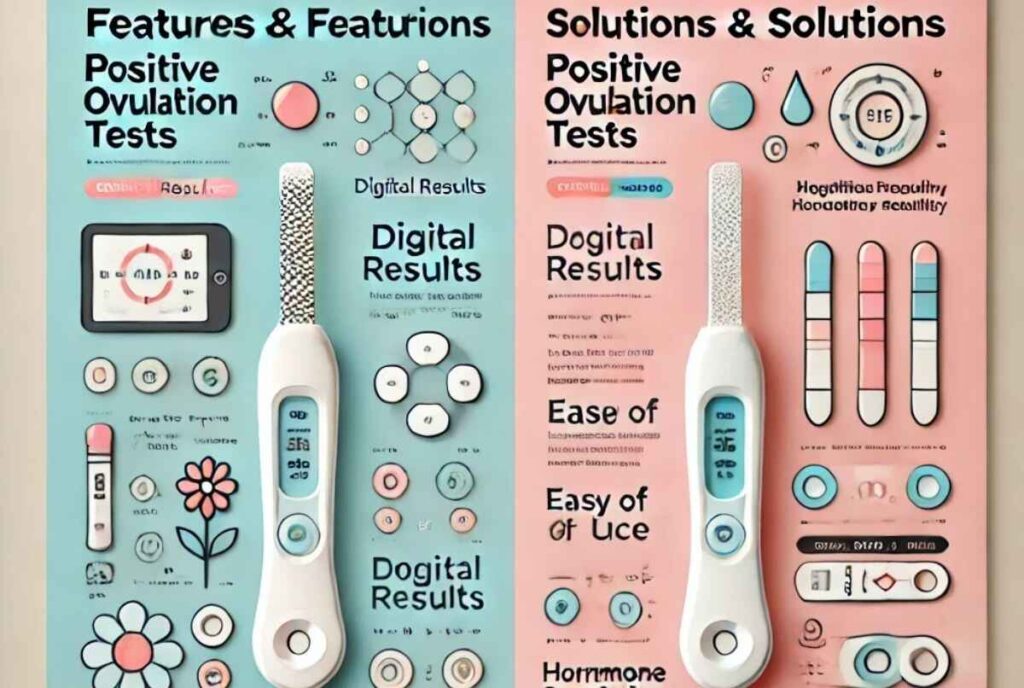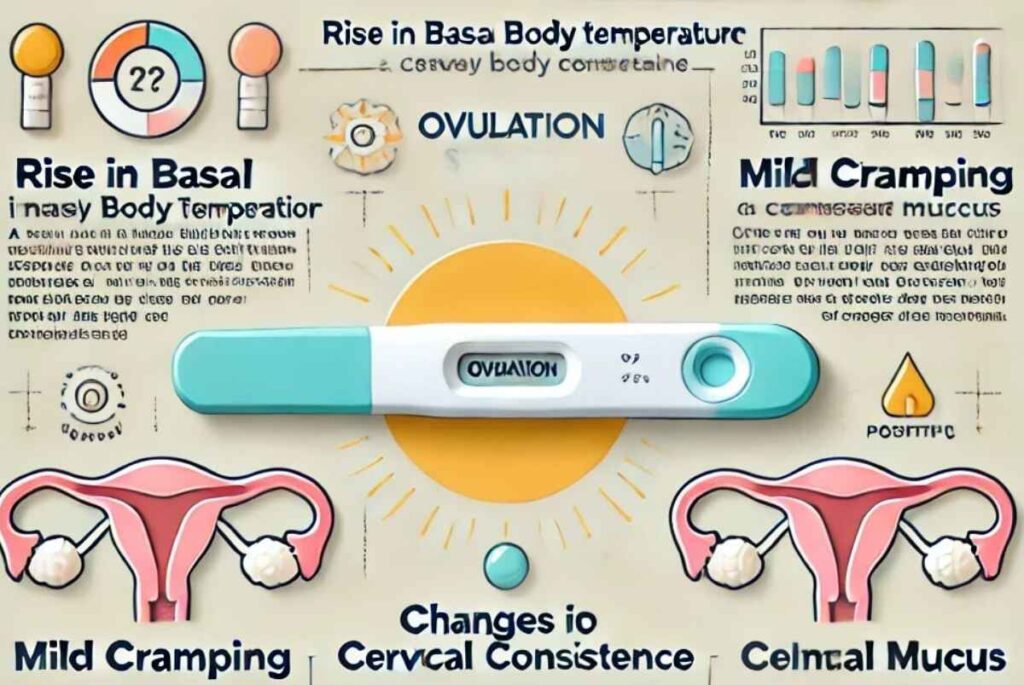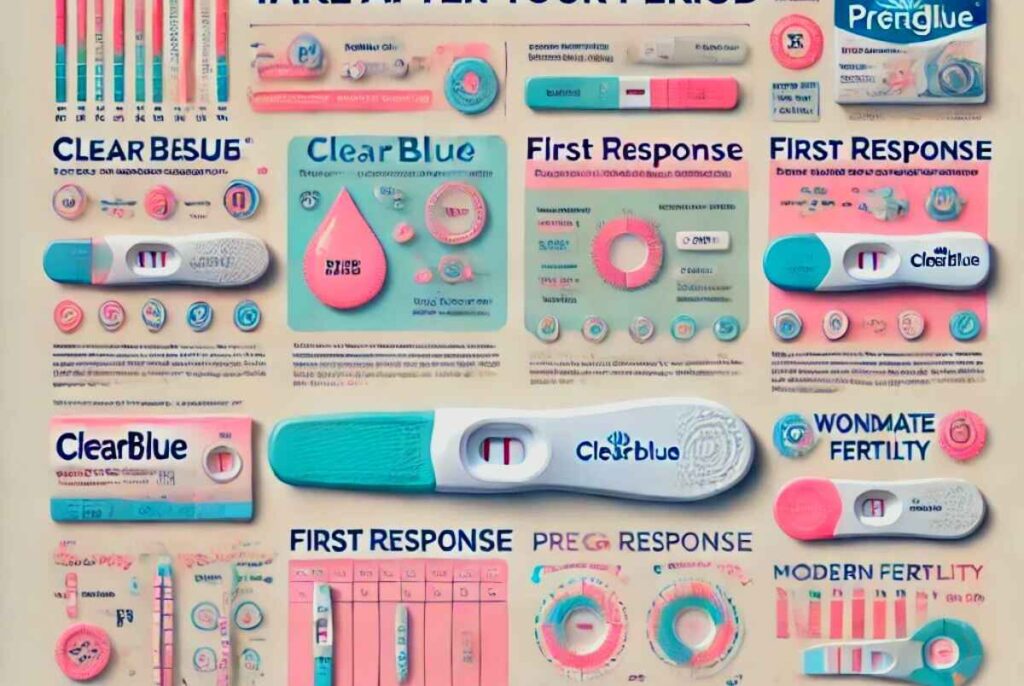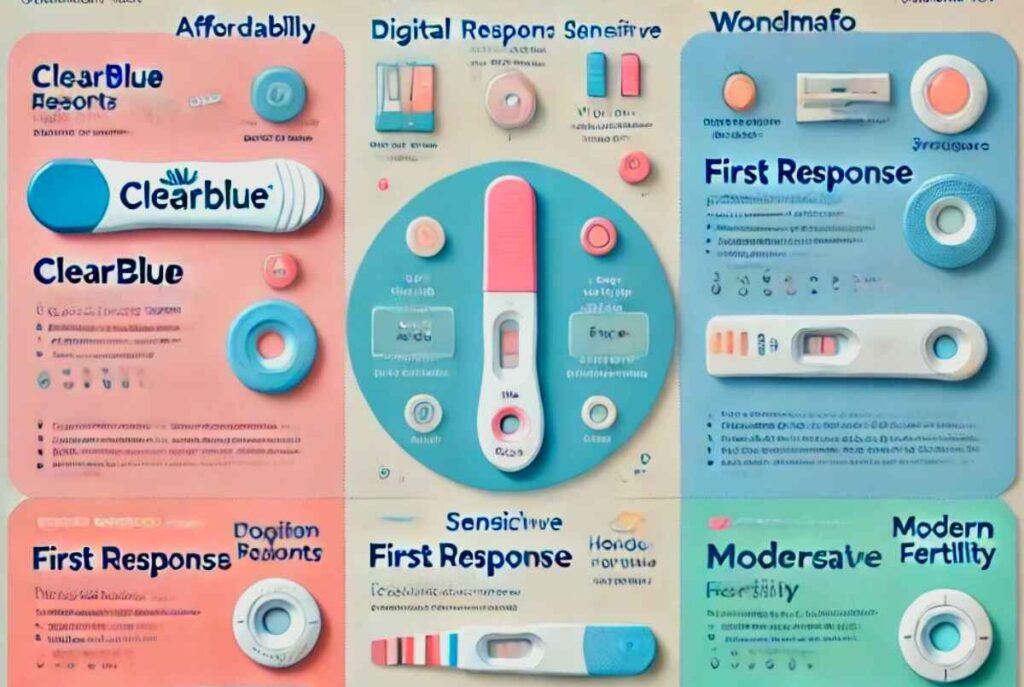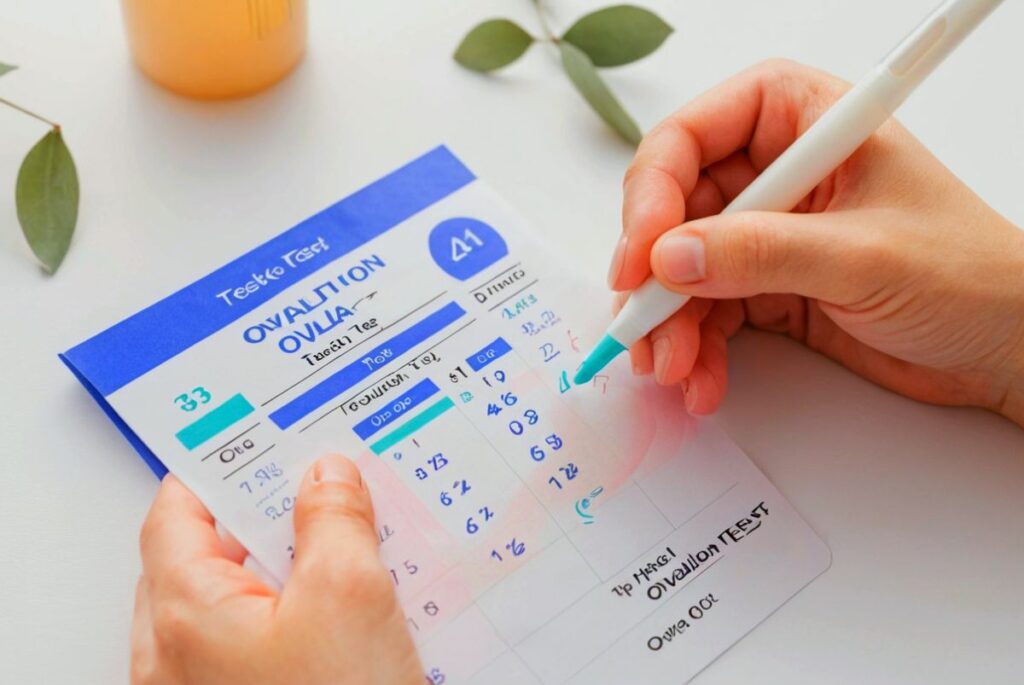Infertility is a sensitive topic often associated with women, but it is essential to recognize that male infertility also plays a vital part in reproductive health. Male infertility contributes to about 40-50% of all fertility issues. Understanding male fertility and the signs of infertility is essential for anyone aiming to enhance their reproductive health. Often, symptoms of male infertility are subtle, which can delay diagnosis and treatment.
If you are experiencing issues related to fertility, male fertility supplements can offer a solution, but first, recognizing the early symptoms is essential. This article will explore common symptoms of male infertility and diagnostic methods and introduce brands that offer male fertility supplements designed to help improve fertility.
Common Symptoms of Male Infertility
Recognizing male infertility symptoms before is crucial to seeking the right help. While symptoms can vary widely, here are some common signs that may point to fertility issues:
Changes in Sexual Function
Changes in sexual function related to male fertility can include reduced libido, difficulty achieving or maintaining an erection, decreased sexual desire, or issues with ejaculation. Hormonal imbalances, stress, and certain health conditions often play a role. Men may also notice lower sperm volume or quality, impacting fertility. Addressing these concerns through proper medical care, lifestyle changes, and supplements can help improve overall reproductive health. Consultation with healthcare providers is crucial for tailored treatment.
Problems with Ejaculation
Problems with ejaculation are among the common male infertility symptoms and can significantly impact reproductive health. Addressing these issues may involve using male fertility supplements to support hormonal balance, improve sperm quality, and enhance sexual health. Issues such as premature ejaculation, delayed ejaculation, retrograde ejaculation (where semen enters the bladder), or the inability to ejaculate can stem from physical conditions like nerve damage or psychological factors, including stress and anxiety. Effective treatments may also involve therapy, medications, or targeted supplements. Consulting a healthcare provider can help identify the root cause and find tailored solutions, including male fertility supplements.
Hormonal Imbalances
Experiencing fatigue, reduced muscle mass, or low testosterone levels can indicate hormonal imbalances impacting fertility. Certain male fertility supplements are specially formulated to support hormonal regulation, helping to restore balance. By addressing these issues, these supplements may enhance sperm production and improve overall reproductive health. Incorporating the right nutrients can play a vital role in boosting fertility. Consulting with a healthcare provider can ensure the best approach is tailored to individual needs.
Testicular Issues
Pain or swelling in the testicles or a noticeable decrease in size can be key male infertility symptoms. These signs may indicate underlying fertility issues requiring attention. Male fertility supplements are designed to support overall testicular health and may aid in the recovery of sperm production. These supplements can help address hormonal imbalances and improve reproductive health by providing essential nutrients. Seeking medical advice ensures a tailored approach to managing these symptoms effectively.
Genetic or Health Conditions
Genetic disorders, such as Klinefelter syndrome, and chronic health conditions like diabetes or obesity can directly impact fertility and overall reproductive health. Male fertility supplements enriched with essential vitamins and minerals may help support these underlying issues. By promoting hormonal balance, enhancing sperm production, and improving overall reproductive function, these supplements offer a targeted approach. Addressing both genetic and chronic health concerns through a combination of lifestyle changes and supplements can provide meaningful fertility support. Consulting a healthcare professional for a comprehensive plan is recommended.
Stress and Mental Health
Chronic stress and anxiety can disrupt hormone production, leading to a lower sperm count and impacting fertility. Male fertility supplements containing stress-relieving ingredients, such as ashwagandha or magnesium, may help restore hormonal balance. These supplements can reduce the effects of stress on the body, improving sperm health and overall reproductive function. These supplements offer a holistic approach to male fertility by addressing both mental well-being and physical health. Consulting a healthcare provider can ensure the best supplement choice tailored to individual needs.
Diagnosis of Male Infertility
If you experience any of the above symptoms, seeking a healthcare provider’s guidance is the first step. Diagnosing male infertility involves several methods:
Physical Examination
A healthcare provider will conduct a biological exam to check for visible signs of infertility, such as testicular issues or varicocele. These conditions can directly impact sperm health and fertility. Some treatments, including male fertility supplements, can support sperm production and improve overall reproductive function. These supplements often contain vitamins and minerals that help address underlying issues like hormonal imbalances or poor sperm quality. Consulting a healthcare provider is essential to determine the most effective treatment plan tailored to individual needs.
Semen Analysis
The semen analysis is a crucial test for assessing male fertility, as it checks sperm count, motility, and morphology. If the results indicate low sperm quality, male fertility supplements might help improve these factors. These supplements often contain essential nutrients like vitamins, minerals, and antioxidants that support sperm health, enhance motility, and improve morphology. By addressing underlying issues, these supplements can play a vital role in boosting fertility. Consulting a healthcare provider can help determine the best supplements for improving sperm quality.
Hormonal Testing
Hormonal testing is an essential step in evaluating male fertility, as it measures the levels of hormones like testosterone, follicle-stimulating hormone (FSH), and luteinizing hormone (LH). Imbalances in these hormones can affect sperm production and overall reproductive health. Male fertility supplements containing key nutrients like zinc, vitamin D, and CoQ10 can help regulate hormone levels and support fertility. By addressing these imbalances, supplements can improve sperm quality and function. Consulting a healthcare provider ensures accurate testing and the right approach to managing hormonal health.
Genetic Testing
Genetic testing may reveal issues such as chromosomal abnormalities, which can affect fertility. These abnormalities can lead to challenges in sperm production or function, making it harder to conceive. In such cases, certain male fertility supplements containing antioxidants, vitamins, and minerals may help improve sperm quality and support overall reproductive health. Supplements like CoQ10, vitamin E, and zinc have been shown to reduce oxidative stress and support healthy sperm production. Consulting a healthcare provider is essential for determining the best supplement regimen to complement genetic testing results.
Ultrasound and Imaging
Doctors may use ultrasound to check for physical abnormalities, such as varicocele, which can affect sperm production and fertility. These conditions can cause overheating of the testes, leading to decreased sperm quality. Male fertility supplements may help reduce the impact of such conditions by supporting healthy sperm production and improving overall reproductive function. Supplements containing antioxidants, zinc, and vitamins like CoQ10 and vitamin C can help combat oxidative stress and promote optimal sperm health. Consulting a healthcare provider is important for addressing these issues effectively with the right treatment plan.
Causes of Male Infertility
Low Sperm Count
Low sperm count is the foremost cause of male infertility, often influenced by environmental factors, poor lifestyle choices, and age. These factors can significantly reduce sperm production and quality. Male fertility supplements can help boost sperm count by providing essential vitamins, minerals, and antioxidants that support healthy sperm production. Nutrients like zinc, folic acid, and CoQ10 are commonly found in these supplements and are known to improve sperm health. Incorporating these supplements and healthy lifestyle changes may improve fertility and overall reproductive health.
Poor Sperm Motility
Sperm motility is crucial for fertilization, as sperm must swim effectively to reach and fertilize the egg. When sperm struggle with motility, fertility becomes a challenge. Male fertility supplements containing antioxidants, such as vitamins C and E, can help improve sperm motility by reducing oxidative stress and supporting overall sperm health. These antioxidants protect sperm from damage and enhance their ability to move efficiently. Including these supplements in your fertility plan may improve the chances of conception by supporting better sperm function.
Varicocele
Varicocele, an enlargement of veins in the scrotum, is one of the most common causes of male infertility. This condition can raise the temperature of the testes, which negatively affects sperm production and quality. Male fertility supplements can help improve circulation and support sperm health by providing nutrients that reduce inflammation and oxidative stress. Ingredients like antioxidants, zinc, and vitamin C are known to enhance blood flow and protect sperm from damage. These supplements, along with proper medical treatment, may help improve fertility outcomes for men with varicocele.
Hormonal Imbalances
Low testosterone and other hormone imbalances can significantly reduce fertility by affecting sperm production and overall reproductive health. Male fertility supplements containing ingredients like zinc and selenium can help restore hormonal balance and improve sperm quality. These nutrients support testosterone production, regulate hormone levels, and reduce oxidative stress. These supplements can play a vital role in boosting fertility by enhancing reproductive function. Consulting with a healthcare provider ensures the most effective approach to addressing hormone imbalances and improving overall fertility.
Genetic Factors
Genetic disorders, such as Klinefelter syndrome, can affect sperm production and overall fertility. While supplements cannot cure genetic conditions, male fertility supplements can help support overall sperm health by providing essential nutrients that improve sperm quality and function. Ingredients like antioxidants, vitamins, and minerals may help optimize fertility outcomes by reducing oxidative stress and supporting hormonal balance. These supplements, when used in conjunction with medical guidance, can enhance reproductive health and fertility for men with genetic disorders.
Lifestyle Factors
Smoking, alcohol consumption, and a lack of physical activity can all negatively impact fertility by affecting sperm quality and overall reproductive health. Male fertility supplements can support men looking to improve their lifestyle by promoting healthy sperm production and enhancing reproductive function. These supplements often contain antioxidants, vitamins, and minerals that help reduce oxidative stress and improve sperm count and motility. Incorporating these supplements along with healthier habits can make a significant difference in boosting fertility.
Chronic Conditions
Popular Brands Offering Male Fertility Solutions
If you’ve identified symptoms of male infertility, it’s time to explore solutions. Several brands offer male fertility supplements designed to address specific fertility concerns:
Fertilize
Fertilise is a male fertility supplement formulated with a nutrient blend specifically designed to support sperm production and motility. Combining essential vitamins, minerals, and antioxidants works to improve sperm health and enhance reproductive function. This supplement aims to boost fertility by addressing key factors like sperm quality and motility, which are critical for conception. With regular use, Fertilise may help men looking to optimize their fertility and improve overall reproductive health.
Proxeed Plus
Proxeed Plus is a well-known brand offering male fertility supplements that combine critical ingredients like carnitine and antioxidants. These components work together to improve sperm quality, motility, and overall reproductive function. Carnitine helps enhance energy production in sperm cells, while antioxidants reduce oxidative stress that can damage sperm. Proxeed Plus aims to boost fertility and improve male reproductive health by supporting these key areas. Regularly using this supplement may benefit men seeking to enhance their chances of conception.
Wellman Conception
Wellman Conception offers a comprehensive male fertility supplement designed to support overall reproductive health. It includes essential nutrients like zinc and vitamin C, which are vital for maintaining healthy sperm production and improving sperm quality. Zinc plays a key role in hormone regulation, while vitamin C is a powerful antioxidant that protects sperm from oxidative damage. By providing these nutrients, Wellman Conception helps enhance male fertility and supports overall reproductive function, making it an excellent choice for men looking to optimize their chances of conception.
Nature Made Multi + Omega 3 Gummies for Him
These fertility gummies provide crucial vitamins and omega-3 fatty acids that promote male fertility. Including essential nutrients like vitamin D, zinc, and omega-3s, they help improve sperm count, motility, and overall sperm health. Omega-3 fatty acids are particularly effective in enhancing sperm quality and reducing inflammation, while vitamins support hormonal balance. Regular use of these gummies can contribute to better reproductive health and support men in their fertility journey. These easy-to-take supplements offer a convenient way to improve fertility naturally.
Natalist Male Prenatal Daily Packets
Natalist’s Male Prenatal Daily Packets offer a convenient and effective solution to boost male fertility. Each packet contains a blend of essential nutrients, including vitamins, minerals, and antioxidants, that support sperm production, motility, and overall reproductive function. By providing key ingredients like zinc, CoQ10, and folate, these packets help improve sperm health and enhance fertility. The easy-to-use daily packets ensure men receive the right nutrients consistently, promoting better reproductive health and optimizing their chances of conception.
Male infertility is a complicated issue that requires careful attention to symptoms and causes. Recognizing the signs earlier is essential for addressing the problem. Male fertility supplements can significantly boost your reproductive health by improving sperm quality and fertility.
If you’re ready to take the next step in improving your fertility, explore male fertility supplements and consider how they can support your health.
Boost Your Fertility Today Discover the Best Male Fertility Supplements
Explore our range of solutions designed to enhance male fertility and support your reproductive health. Take the next step toward improving your fertility and overall well-being, and start your journey today!


